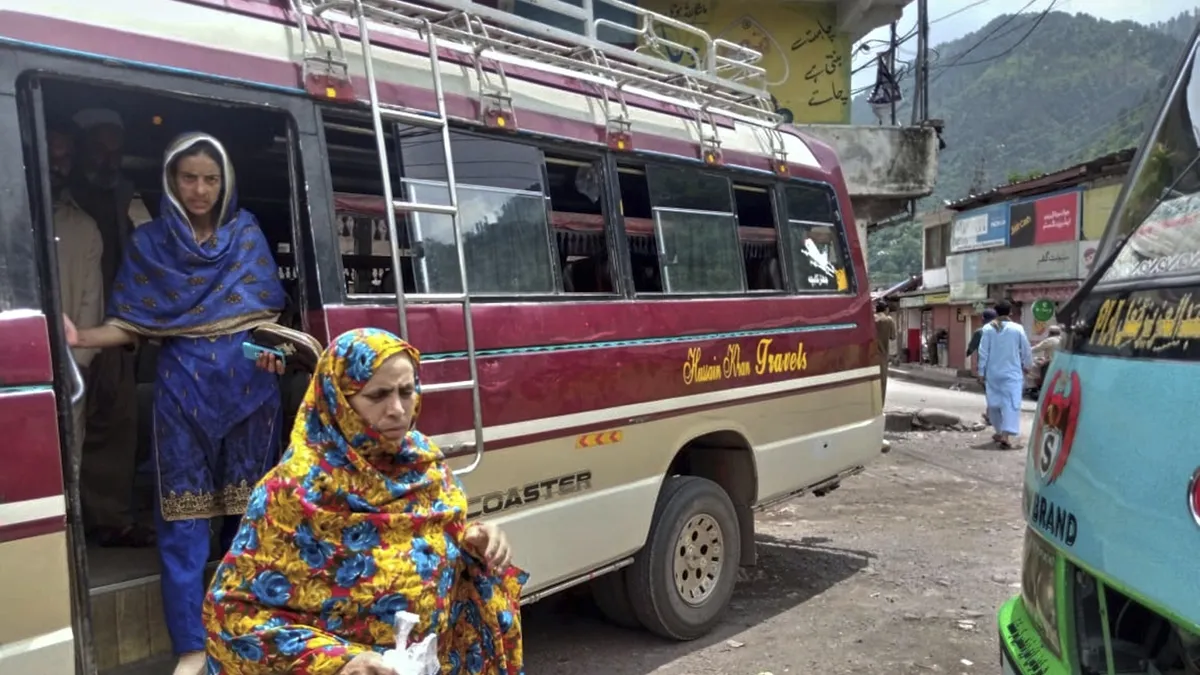
ISLAMABAD — The recent ceasefire aimed at ending the longstanding conflict between India and Pakistan faced significant challenges due to overnight border fighting in the contentious Kashmir region. Reports from both sides of the Line of Control, which demarcates the territory between the two nations, indicated heavy exchanges of fire between the Indian and Pakistani armed forces. Fortunately, the intense fighting subsided by Sunday morning, but the situation remains tense.
Just a day prior to the border skirmishes, India and Pakistan had agreed to a truce following crucial discussions aimed at de-escalating what has been described as the most serious military confrontation between the two countries in decades. This escalation was triggered by a tragic gun massacre of tourists that India attributes to Pakistan, a claim that the latter vehemently denies.
Under the terms of the ceasefire, these nuclear-armed neighbors pledged to immediately halt all forms of military action, including firing on land, in the air, and at sea. However, within hours of the agreement, both nations accused each other of breaching the terms. Indian officials reported the presence of drones over Indian-controlled Kashmir and the western state of Gujarat on Saturday night, signaling heightened tensions.
The ongoing violence has taken a toll on the local population. In the Poonch area of Indian-controlled Kashmir, residents described the harrowing experience of intense shelling over the past few days. College student Sosan Zehra, who returned home on Sunday, recounted the chaos: “It was completely chaotic. Most people ran as shells were being fired.”
Conversely, in Pakistan-controlled Kashmir's Neelum Valley, located just three kilometers from the Line of Control, residents reported further exchanges of fire and heavy shelling that erupted shortly after the ceasefire was announced. Local resident Mohammad Zahid expressed his apprehension, saying, “We were happy about the announcement but, once again, the situation feels uncertain.”
U.S. President Donald Trump was among the first to share news of the ceasefire agreement, announcing it on his Truth Social platform, with Indian and Pakistani officials confirming the development shortly thereafter. On Sunday, Indian Prime Minister Narendra Modi convened a high-level meeting with key government and military figures to address the evolving situation. Notably, India has refrained from commenting on Trump's involvement or any U.S. role since the announcement, focusing instead on direct military communication with Pakistan.
The conflict has seen both Indian and Pakistani armies engaged in daily skirmishes, particularly along the rugged and mountainous terrain of the Line of Control. This area is characterized by razor wire coils, watchtowers, and fortified bunkers, surrounded by villages, dense bushes, and forests. Each side has routinely blamed the other for instigating the violence, maintaining that they are only responding to provocations.
As the situation continues to evolve, the top military officials of both nations are scheduled to communicate again on Monday, raising questions about the durability of the ceasefire and the potential for further escalation in this volatile region.